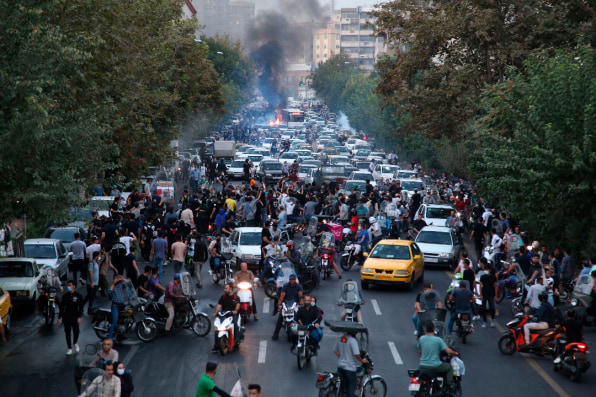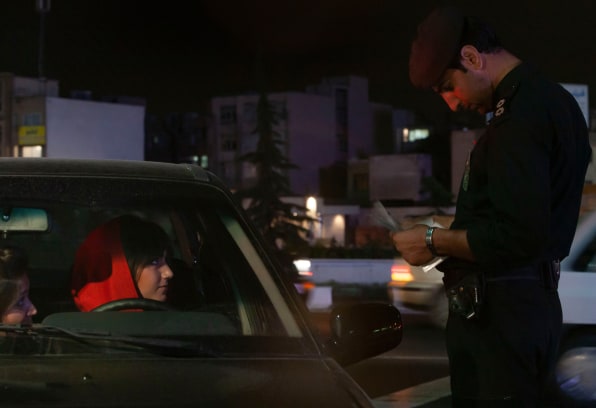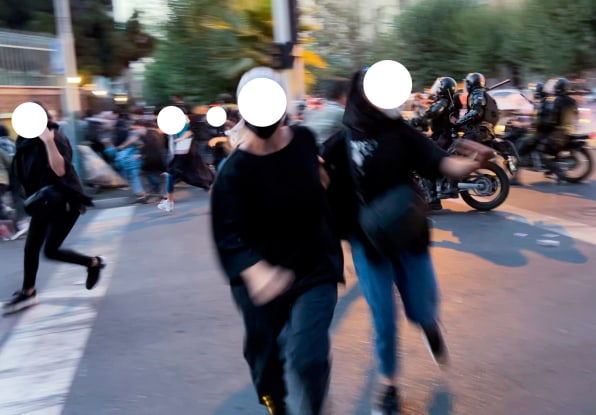Why Gen Z women in Iran are burning their hijabs in the street
5 min read
Mahsa Amini, also recognized as Jina, was walking out of a subway station in Tehran on September 16 when she was stopped by the government’s so-termed morality law enforcement. Amini, a 22-year-aged who planned to start university this drop, was wearing a headscarf—something that Iran has compelled ladies to do considering the fact that the early 1980s—but police claimed she experienced it on “inappropriately.” Immediately after her arrest, witnesses say the law enforcement beat her on the way to a remedial course on how to gown. She collapsed at the class, put in 3 times in a coma, and then died. (The govt blamed her loss of life on a heart affliction.)
As a picture of her, comatose in the medical center mattress, spread on social media—juxtaposed with previously pictures of her healthful at home—protests commenced almost promptly, aimed at Iran’s therapy of ladies and calling for an conclude to the country’s brutal routine. People of all ages keep on to show on the streets in dozens of cities, but Gen Z (locally acknowledged as the 1380s era, primarily based on the Iranian calendar) is particularly defiant. Young females have torn off their hijabs and other head coverings and burned them, or shared videos of themselves criticizing the government, even though it usually means risking their lives. The Iran Human Rights Group, dependent in Norway, estimates that 76 men and women experienced been killed in protests as of Monday.
They are “frustrated/angry with the standing quo, and not concerned to say it on the web,” Holly Dagres, an Iranian-American researcher at the Atlantic Council who has been finding out younger Iranians for the previous 12 months, wrote on Twitter.

Like Gen Zers around the entire world, they’ve developed up on-line and found what’s possible somewhere else. And most never identify with the geriatric, ultraconservative guys who rule the nation. A 20-year-outdated female shot by security forces in 1 of the protests after Amini’s loss of life was an avid TikToker, like a lot of of her friends. “She appeared like any other TikToker that you’d see everywhere else,” claims Gissou Nia, a lawyer at the Atlantic Council, who operates with human rights victims from Iran. “It’s a highly effective visual image when you contrast the graphic of these younger women of all ages taking off their obligatory hijabs and celebrating existence, and look at that to the illustrations or photos of the ruling, unelected establishment who are all 70-as well as. It’s just a incredibly stark visual distinction.”
Females have protested the hijab given that the Islamic Republic initial produced it necessary, in some cases by just refusing to dress in it or letting it fall to their shoulders, nevertheless that has often been a dangerous choice. Shahrzad Changalvaee, an artist and activist in her thirties who now lives in New York, claims that her initially in close proximity to come across with the “hijab police” happened just before she was born: Her pregnant mother, who frequently made a decision not to put on a hijab, went to a industry with out a single. Afterwards that working day, on the radio, she listened to that morality officers experienced been at the market and crushed other women of all ages. “She commenced contemplating, ‘Okay, now I’m a mother, and if I continue on this, I’m heading to set my kid in danger,’” Changalvaee claims.
In additional latest a long time, protests have turn out to be a lot more brazen. In 2017, a youthful lady named Vida Movahed climbed up on a utility box in Tehran, took off her hijab, and waved it in entrance of a crowd. And just as ladies (and males) of all ages have joined the recent protests, the bravery of the youngest protesters has impressed those who are more mature. “This era is various from my technology,” a 51-yr-outdated protester who was arrested advised the BBC.

Other protests have become much more regular in Iran in the earlier 10 years, often about water shortages or staff not obtaining compensated. “This 1 is just various in that the demand was for social adjust. . . . No commentators can dismiss this as just being owing to economic concerns or anything like that,” suggests Nia. “This is squarely about the Republic of Iran’s discriminatory lawful framework.” Protesters have also been even extra important of the federal government than in the past, shouting, “death to the dictator.” “The individuals have now quite plainly stated that they don’t want the Islamic Republic,” she claims. “I assume that was normally a taboo. And so as soon as you say that, it’s tricky to go back.”

Social media has also designed other generations, like millennials, and individuals of all social classes, much more vital of the regime, says Changalvaee, who moved to the U.S. in 2013 to go to art school at Yale. In the earlier, she imagined reform could be possible. Becoming on Twitter adjusted that, as she understood how deeply ingrained the problems had been in the current electricity construction. “I really don’t feel the regime is reformable at all,” she states. “It is so corrupt that it wants to go down. There is no way that it can be corrected.”
As the government cracks down on the current protests, and helps make it more durable to obtain the net, it isn’t distinct what will happen. Changalvaee states the international neighborhood must concentrate on sanctions towards the leaders and morality law enforcement, relatively than impoverished Iranians, and uncover techniques to aid Iranians get net accessibility. (The U.S. just lately peaceful sanctions so Starlink could carry satellite web to Iran, though setting up the products in the confront of a hostile govt is a logistical challenge.) Nia says it is important that the United Nations examine the deaths of the dozens of protesters who have been killed and keep those people responsible accountable. And, she states, it’s vital that the entire world keeps spending awareness.
“I did see that heaps of influencers on Instagram [outside of Iran] are sharing this information. And that was a very first,” claims Nia. “I’ve by no means observed this sort of a wide sharing of information about what is occurring internally in Iran with regard to human rights violations, and I believe that’s crucial. I hope that that focus keeps up. Mainly because when representative governments assume that people today treatment about an concern, they tend to prioritize it.”






